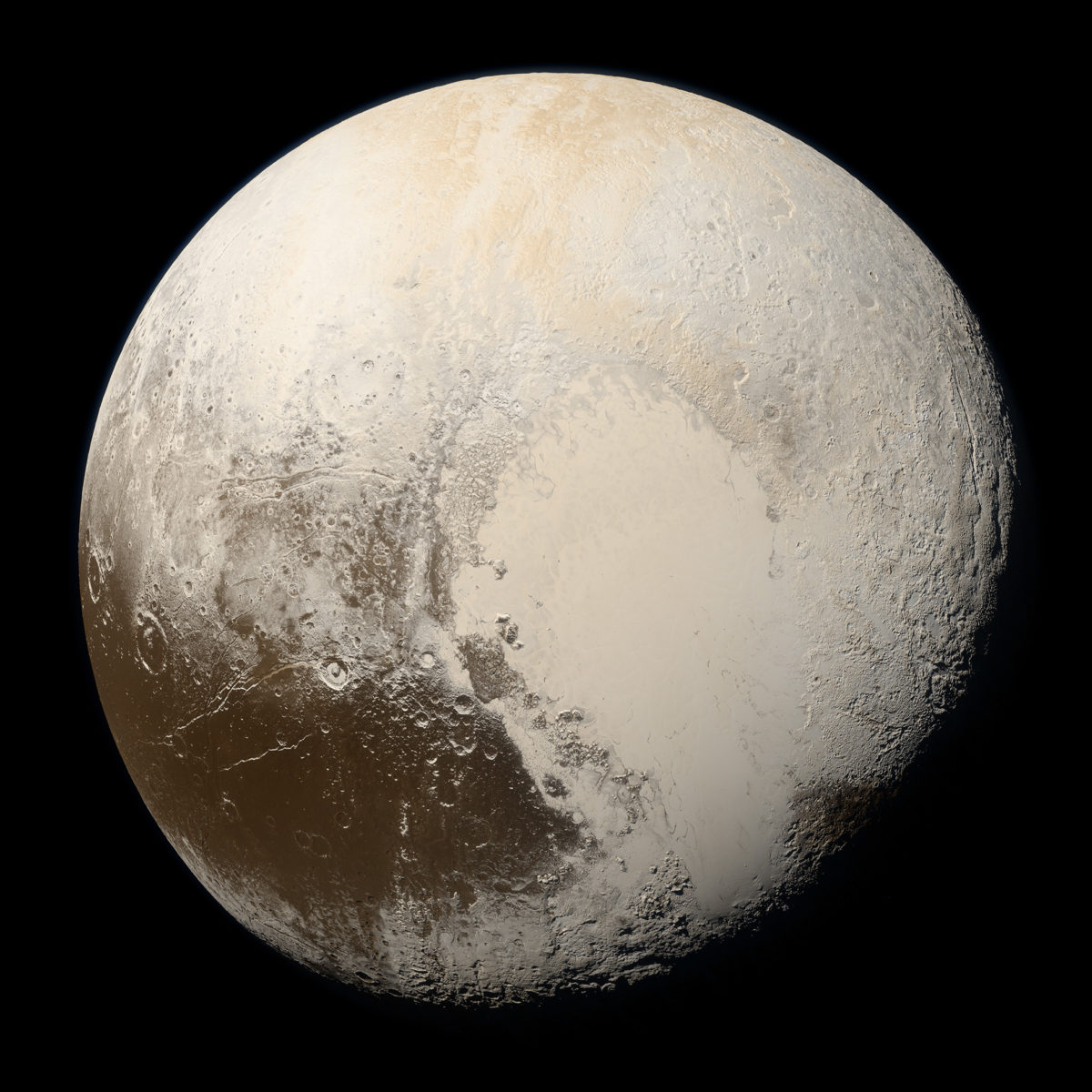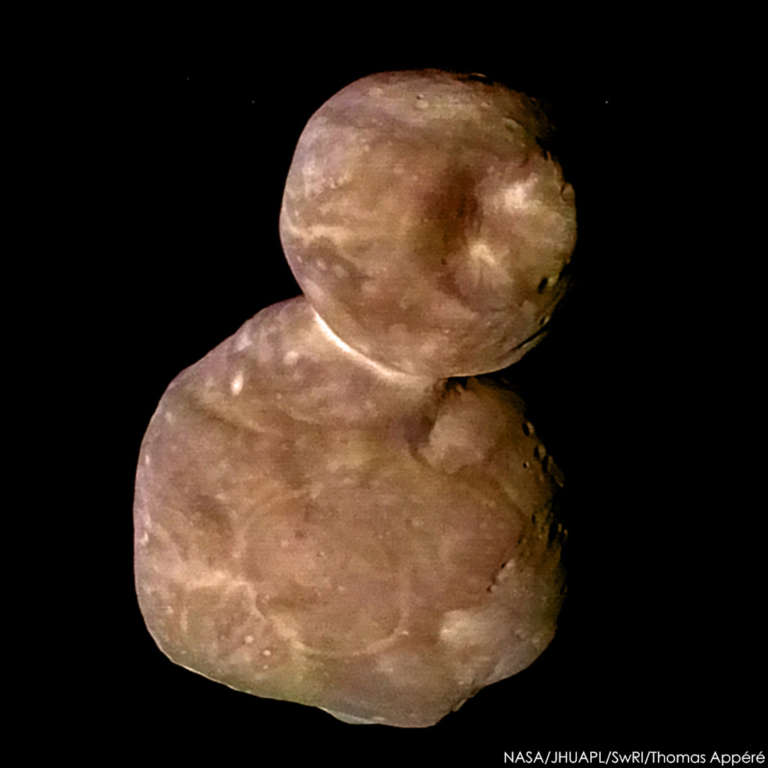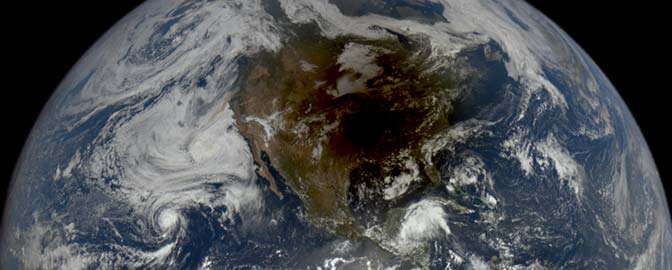New Horizons, exploring Pluto and the Kuiper Belt
Highlights
- NASA's New Horizons spacecraft made the first Pluto flyby in 2015.
- In 2019 the spacecraft visited another Kuiper belt world, Arrakoth, before continuing on into the outer reaches of our solar system.
- The Planetary Society and its members pushed for years to get a Pluto mission on the launch pad.
New Horizons is the first mission to explore the “third zone” of our solar system: the dark, cold Kuiper belt. Launched on January 19, 2006, New Horizons tore past Jupiter only a year later. It took another seven years to begin to approach Pluto. During its July 2015 flyby, New Horizons revealed Pluto to be a surprisingly varied world with craters, crevasses, glaciers, and a frozen “heart” of solid nitrogen ice. Then, in 2019, it flew past Arrakoth, discovering what is essentially a bi-lobed baby comet. New Horizons is still flying through the Kuiper belt, observing other objects from afar.

Science Instruments
New Horizons carries seven science instruments.
Long Range Reconnaissance Imager (LORRI) is a telescope and high-resolution camera. It is also used for optical navigation.
Ralph is a telescope and high-resolution color camera used for mapping. It funnels light to two sub-instruments: the Multispectral Visible Imaging Camera (MVIC) and
the Linear Etalon Imaging Spectral Array (LEISA).
Alice is an ultraviolet spectrometer that
can image objects in UV light or probe an
atmosphere by watching a bright star or the Sun pass behind the
atmosphere, detecting how chemicals in the atmosphere absorb
ultraviolet light.
Radio Science Experiment (REX) is coupled to New
Horizons' telecommunications system. As with all space missions, the
communications antenna can serve a scientific purpose, too. Watching the
attenuation of the radio signal as it passes behind an atmosphere can
yield a profile of the atmospheric pressure and temperature down to the
surface.
Solar Wind Analyzer around Pluto (SWAP) measured the interaction between the solar wind and the top of Pluto’s atmosphere in order to determine how fast Pluto’s atmosphere is leaking into space.
Pluto Energetic Particle Spectrometer Investigation (PEPSSI) searched for atoms that escaped Pluto’s atmosphere and became charged by their interaction with solar wind particles.
The Student Dust Counter (SDC) measures and
counts the size of dust particles that the New Horizons mission
encounters on its journey. It was built and operated by students at the
University of Colorado at Boulder, the first science instrument on a
NASA planetary mission to be design, built, and flown by students.

Planetary Society involvement
Were it not for the efforts of The Planetary Society, its members, and its supporters, the New Horizons mission might never have gotten off the drawing board. From 1990 to 2000, NASA considered but ultimately rejected 4 separate Pluto missions before approving New Horizons for further development in 2001. The Planetary Society tirelessly fought for the mission with letter-writing campaigns, Congressional visits, and public outreach.
“The Planetary Society gave continued, strong support for a whole variety of different Pluto missions that never made it off the drawing board,” said New Horizons Principal Investigator Alan Stern in 2015. And while everyone from school children to the National Academy of Science ended up helping get the spacecraft off the ground, “The Planetary Society was always there—no question,” he said.
With the Pluto flyby in 2015, humanity completed its initial reconnaissance the “classical” solar system. However, Pluto is not the end; there’s much more to explore.
Support missions like New Horizons
Whether it's advocating, teaching, inspiring, or learning, you can do something for space, right now. Let's get to work.


 Explore Worlds
Explore Worlds Find Life
Find Life Defend Earth
Defend Earth


